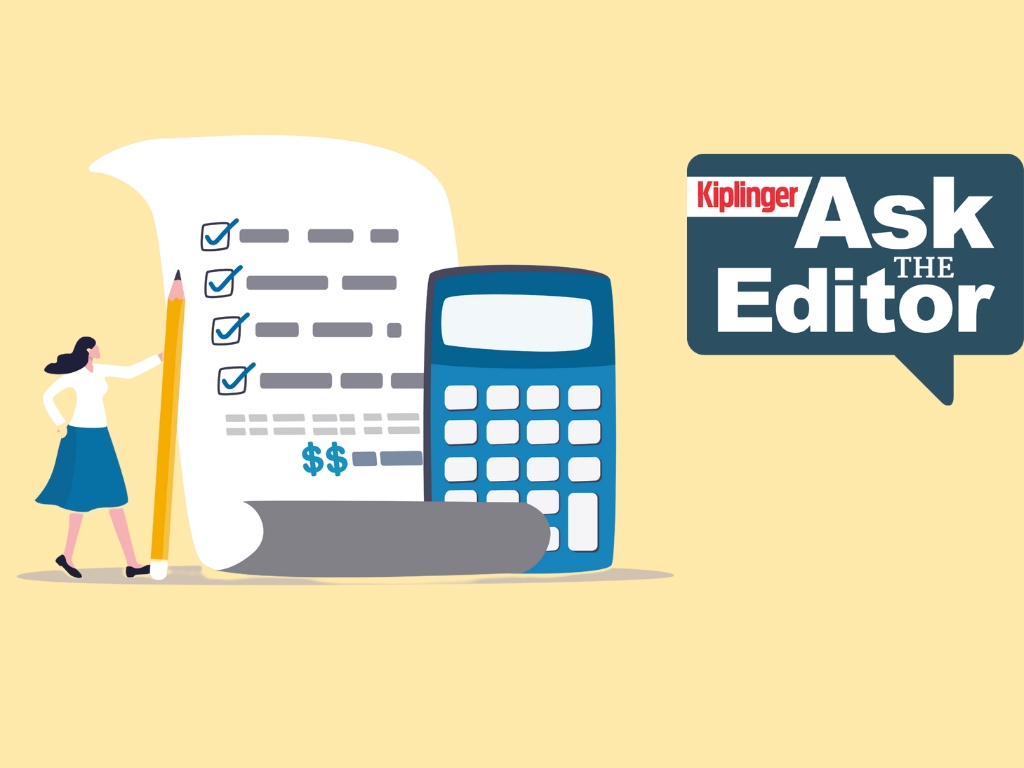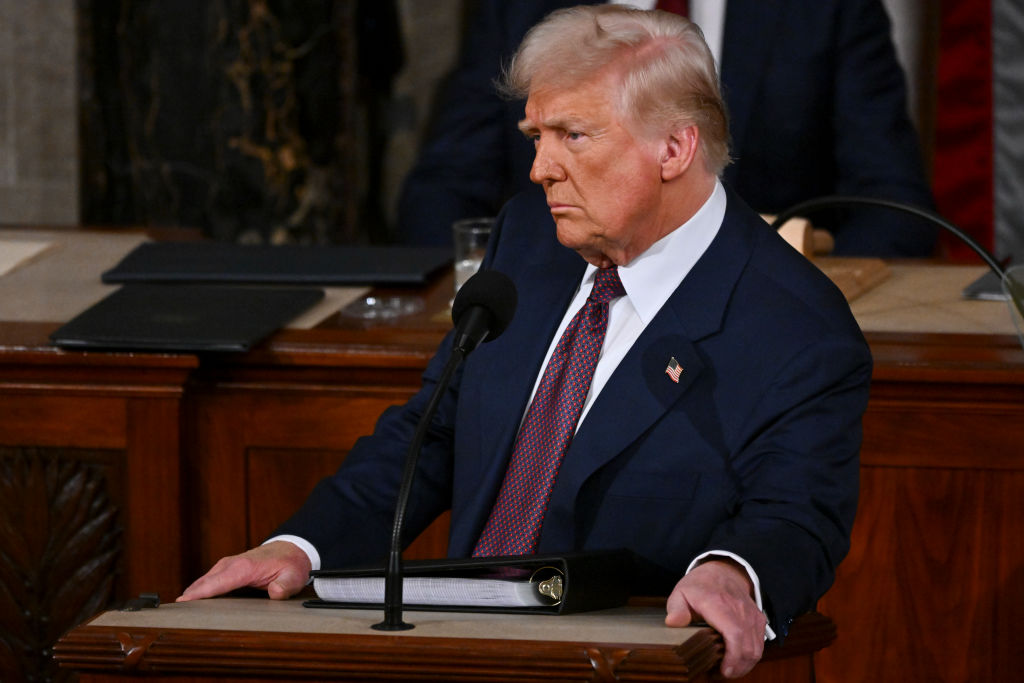A Positive Outlook for U.S. Interest Rates
Instead of the threat of deflation from weak growth and falling prices, the U.S. is facing the opposite: accelerating inflation.

For virtually my entire academic career, I have taught students that interest rates could never be negative. Who, I asked, would pay $100 for a bond that pays $99 at some future date—the effect of negative rates—when you could put $100 in your pocket and guarantee that you’d have the full amount?
Yet today, trillions of dollars in bonds issued by foreign governments are trading at negative interest rates. How did this happen? Unlike our $100 example, an investor with $1 billion who wanted an absolutely safe investment would find it difficult to acquire, store and insure that much paper currency. Furthermore, if you were a foreigner and you wanted to speculate on another country’s foreign-exchange rate, it might be impossible for you to acquire a large quantity of that country’s bank notes.
Consider, for example, what’s happening in Switzerland. Many investors want to hold assets that are denominated in Swiss francs because for many years, the Swiss franc has been one of the strongest currencies in the world. But the difficulty in acquiring Swiss currency means that such investors are driven to load up on Swiss bonds. As a result, demand for these bonds is so high that their prices have risen to the point where their interest rates have turned negative (bond prices and interest rates move in opposite directions). The interest rate on short-term Swiss bonds has sunk below –1.0%.
From just $107.88 $24.99 for Kiplinger Personal Finance
Become a smarter, better informed investor. Subscribe from just $107.88 $24.99, plus get up to 4 Special Issues

Sign up for Kiplinger’s Free Newsletters
Profit and prosper with the best of expert advice on investing, taxes, retirement, personal finance and more - straight to your e-mail.
Profit and prosper with the best of expert advice - straight to your e-mail.
It is unlikely that the rate on bonds issued by the U.S. government could ever go so low. The large quantity of U.S. currency outstanding, which pays 0%, would sharply limit the demand for negative-interest-rate bonds, even if the Federal Reserve wanted to try that approach.
Positive thinking. Happily, the U.S. is very far away from such a policy. If the Federal Reserve wanted to stimulate the economy, it could take a number of actions before resorting to negative rates. First, it could reverse the interest-rate hike it put in place last December. In addition, it could lower the rate it pays on bank reserves back down to 0.25%. Or it could take the further step of cutting the interest rate on reserves to zero, which is the rate that prevailed before the financial crisis. Finally, the Fed would likely initiate another round of bond buying, as the European Central Bank and the Bank of Japan did before resorting to negative interest rates.
The U.S. economy is far too strong for the Fed to undertake any of these measures now. Even reversing last December’s rate hike would require a dramatic weakening of economic growth and a resumption of falling oil and commodity prices.
Inflation picks up. But instead of the threat of deflation from weak growth and falling prices, the U.S. is facing the opposite threat: accelerating inflation. As oil prices have rebounded, the price of gasoline, which had been declining for more than a year, climbed 21% from its February low to March 29. Inflation in the coming months is likely to run above the Fed’s annual target of 2%. The members of the Fed’s Open Market Committee, the panel that sets short-term interest rates, have indicated that they may reduce the number of rate increases this year from four to two, but the direction of rates is still trending upward.
The negative rates we see in Europe and Japan are the result of extraordinarily slow economic growth, record low inflation and an aging investor class that has decided that settling for zero interest rates, or even rates that are slightly negative, is preferable to risking their savings in the stock market. But the U.S. economy offers investors far better prospects. Barring severe deflationary forces, negative interest rates are not part of our future.
Profit and prosper with the best of Kiplinger's advice on investing, taxes, retirement, personal finance and much more. Delivered daily. Enter your email in the box and click Sign Me Up.

-
 Nasdaq Leads as Tech Stages Late-Week Comeback: Stock Market Today
Nasdaq Leads as Tech Stages Late-Week Comeback: Stock Market TodayOracle stock boosted the tech sector on Friday after the company became co-owner of TikTok's U.S. operations.
-
 Disney’s Risky Acceptance of AI Videos
Disney’s Risky Acceptance of AI VideosThe Kiplinger Letter Disney will let fans run wild with AI-generated videos of its top characters. The move highlights the uneasy partnership between AI companies and Hollywood.
-
 Ask the Editor: Itemized Deductions
Ask the Editor: Itemized DeductionsAsk the Editor In this week's Ask the Editor Q&A, Joy Taylor answers questions on itemized deductions claimed on Schedule A of Form 1040
-
 What to Expect from the Global Economy in 2026
What to Expect from the Global Economy in 2026The Kiplinger Letter Economic growth across the globe will be highly uneven, with some major economies accelerating while others hit the brakes.
-
 Shoppers Hit the Brakes on EV Purchases After Tax Credits Expire
Shoppers Hit the Brakes on EV Purchases After Tax Credits ExpireThe Letter Electric cars are here to stay, but they'll have to compete harder to get shoppers interested without the federal tax credit.
-
 The Economy on a Knife's Edge
The Economy on a Knife's EdgeThe Letter GDP is growing, but employers have all but stopped hiring as they watch how the trade war plays out.
-
 Japan Enters a New Era of Risk and Reform
Japan Enters a New Era of Risk and ReformThe Kiplinger Letter Japan has entered a pivotal moment in its economic history, undertaking ambitious policy and structural reforms to escape from decades of stagnation.
-
 After Years of Stagnant Growth, Hope Emerges for EU Economy
After Years of Stagnant Growth, Hope Emerges for EU EconomyThe Kiplinger Letter Can a German fiscal push outweigh French political peril?
-
 Trump's Economic Intervention
Trump's Economic InterventionThe Kiplinger Letter What to Make of Washington's Increasingly Hands-On Approach to Big Business
-
 AI Start-ups Are Rolling in Cash
AI Start-ups Are Rolling in CashThe Kiplinger Letter Investors are plowing record sums of money into artificial intelligence start-ups. Even as sales grow swiftly, losses are piling up for AI firms.
-
 What is AI Worth to the Economy?
What is AI Worth to the Economy?The Letter Spending on AI is already boosting GDP, but will the massive outlays being poured into the technology deliver faster economic growth in the long run?